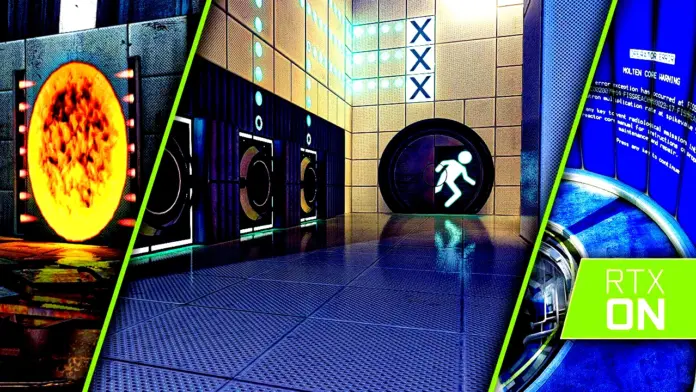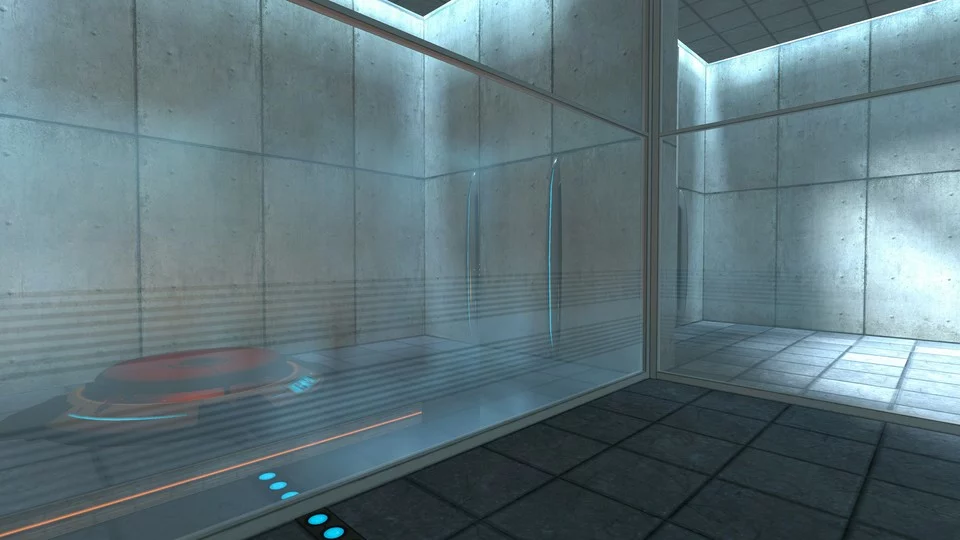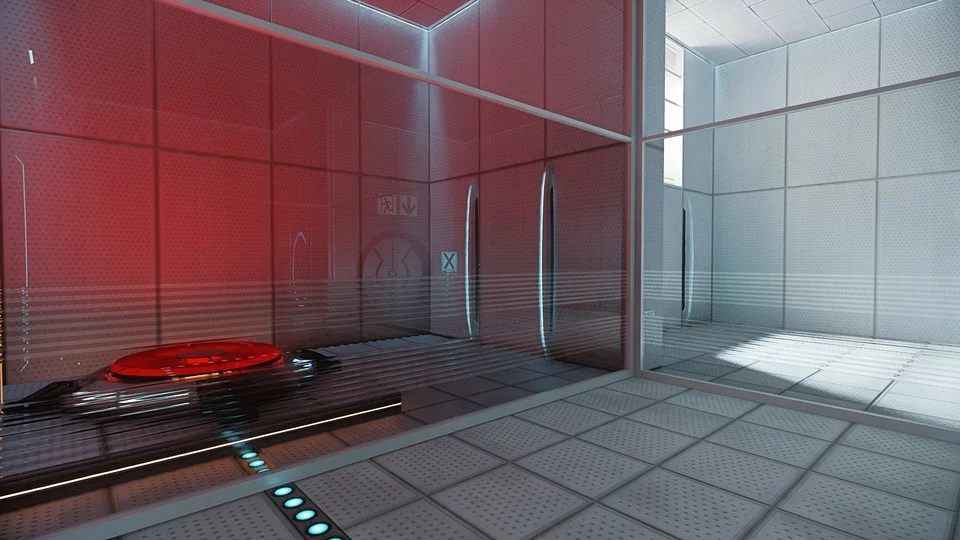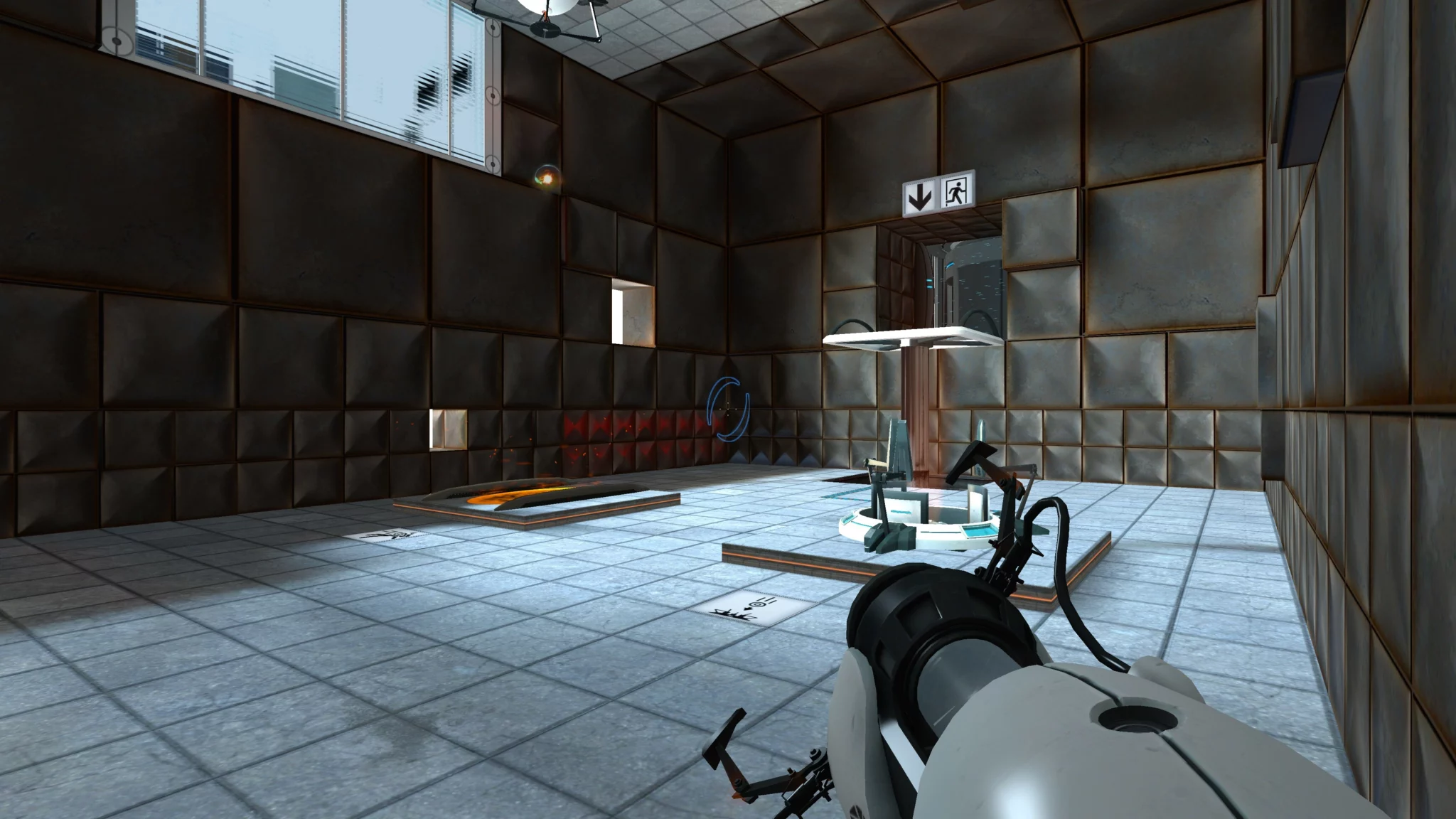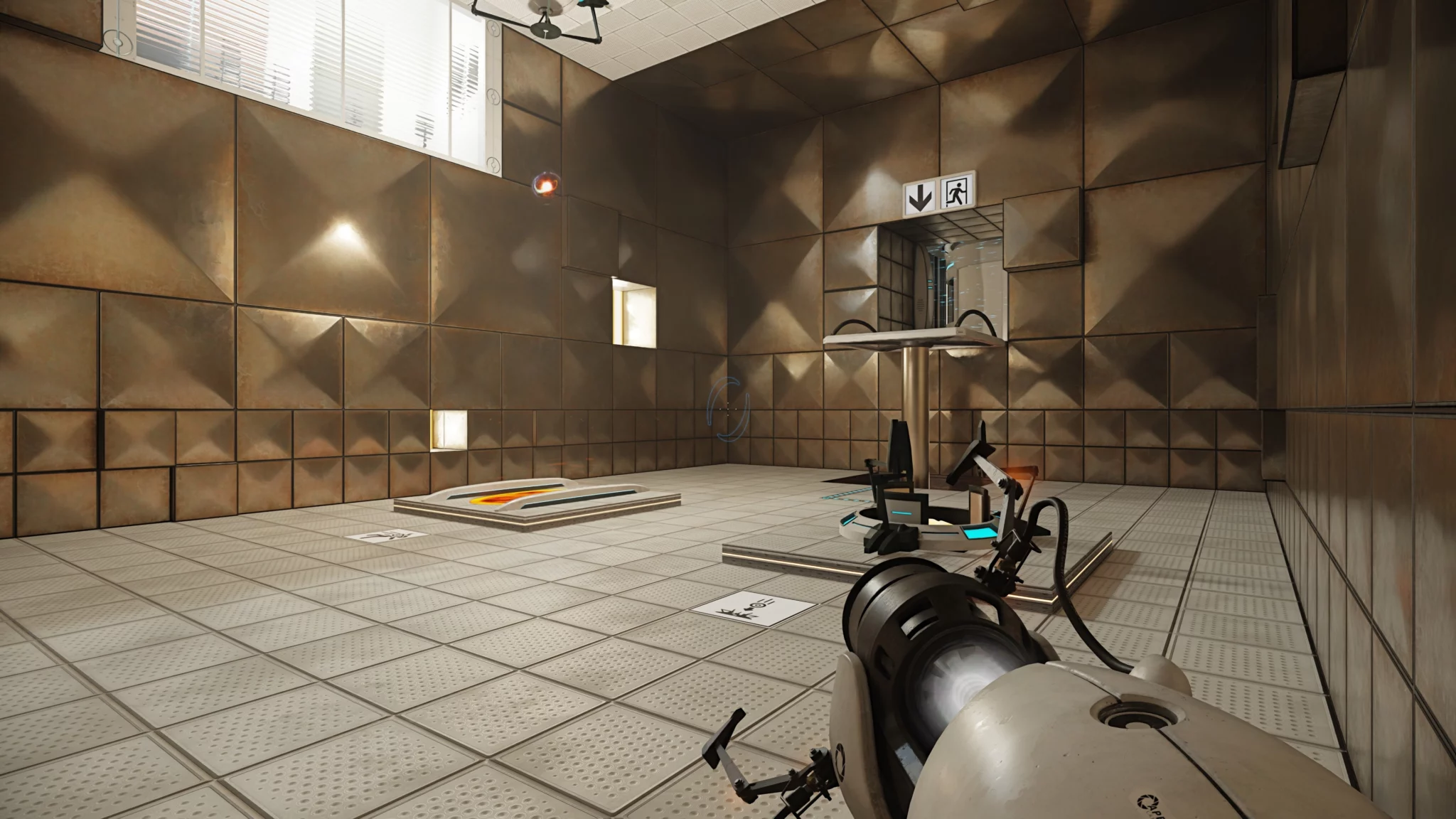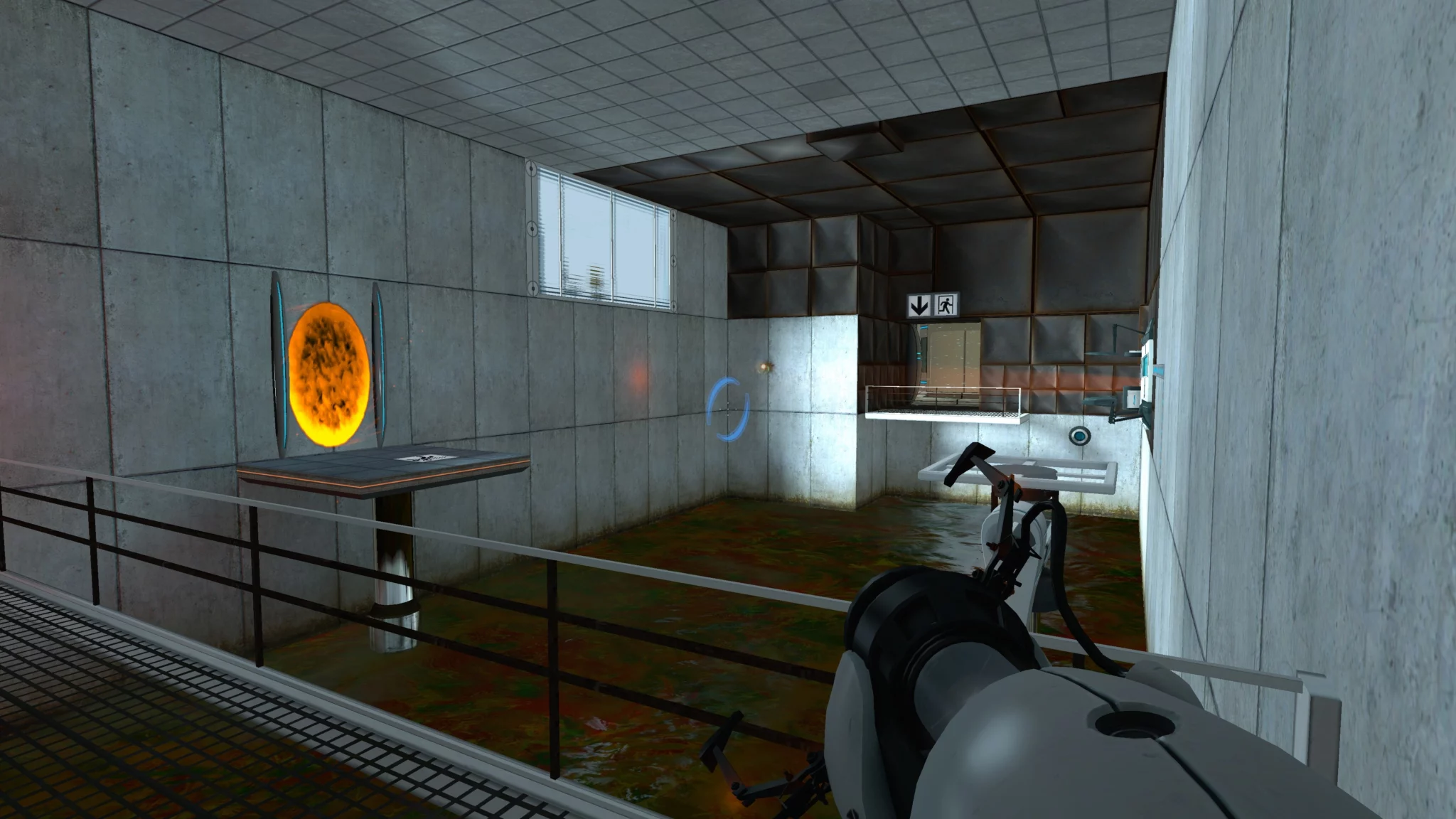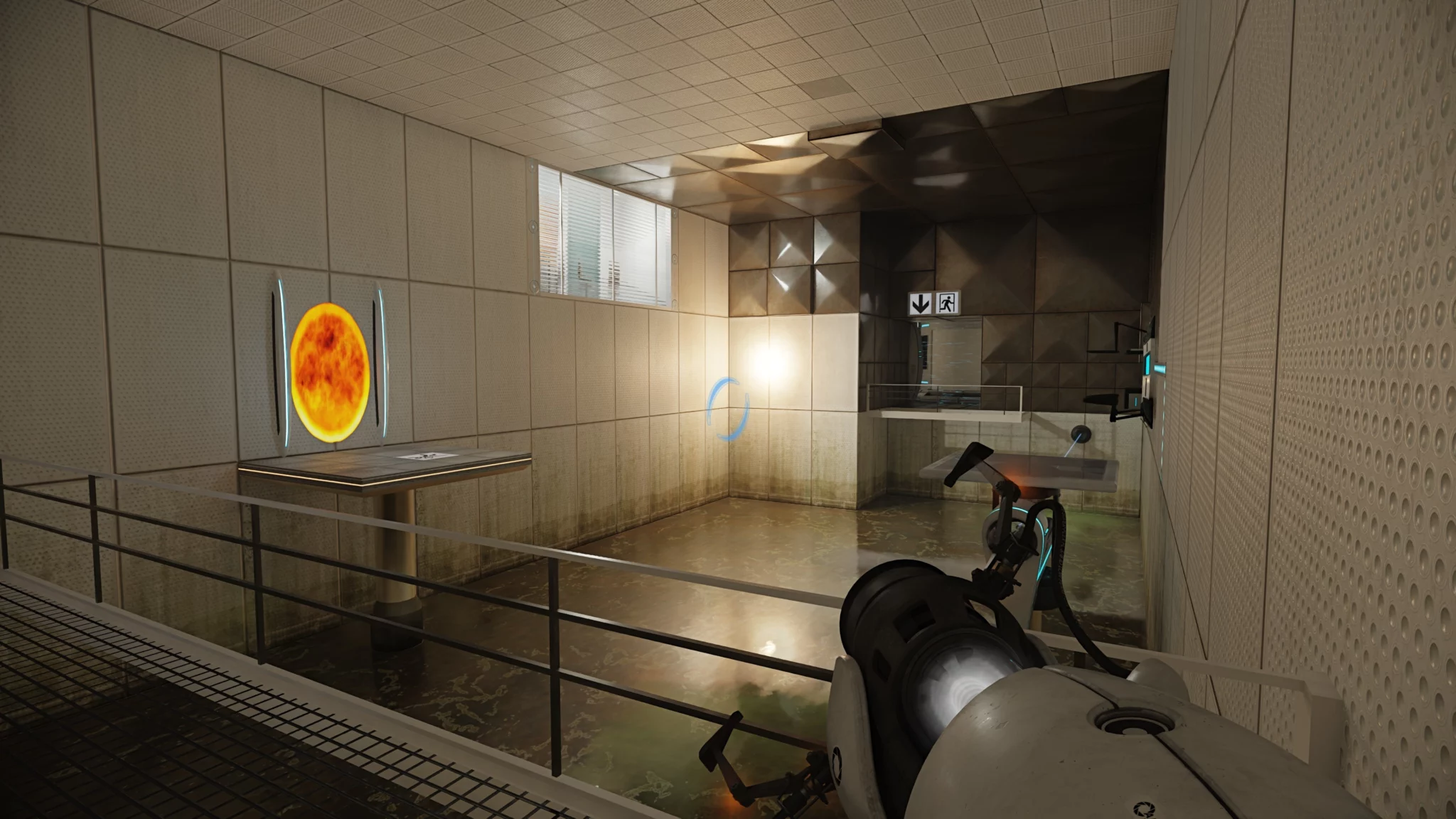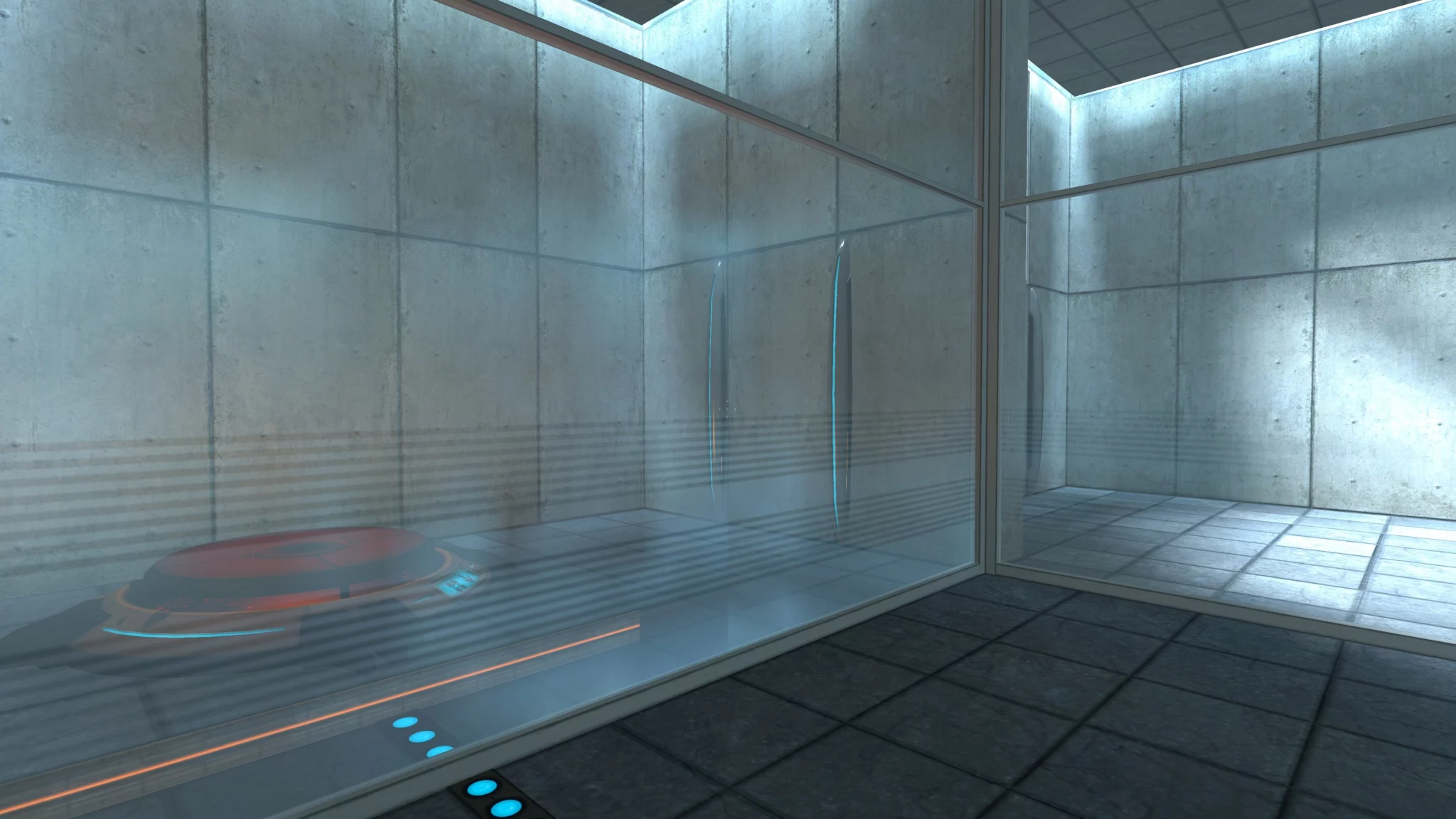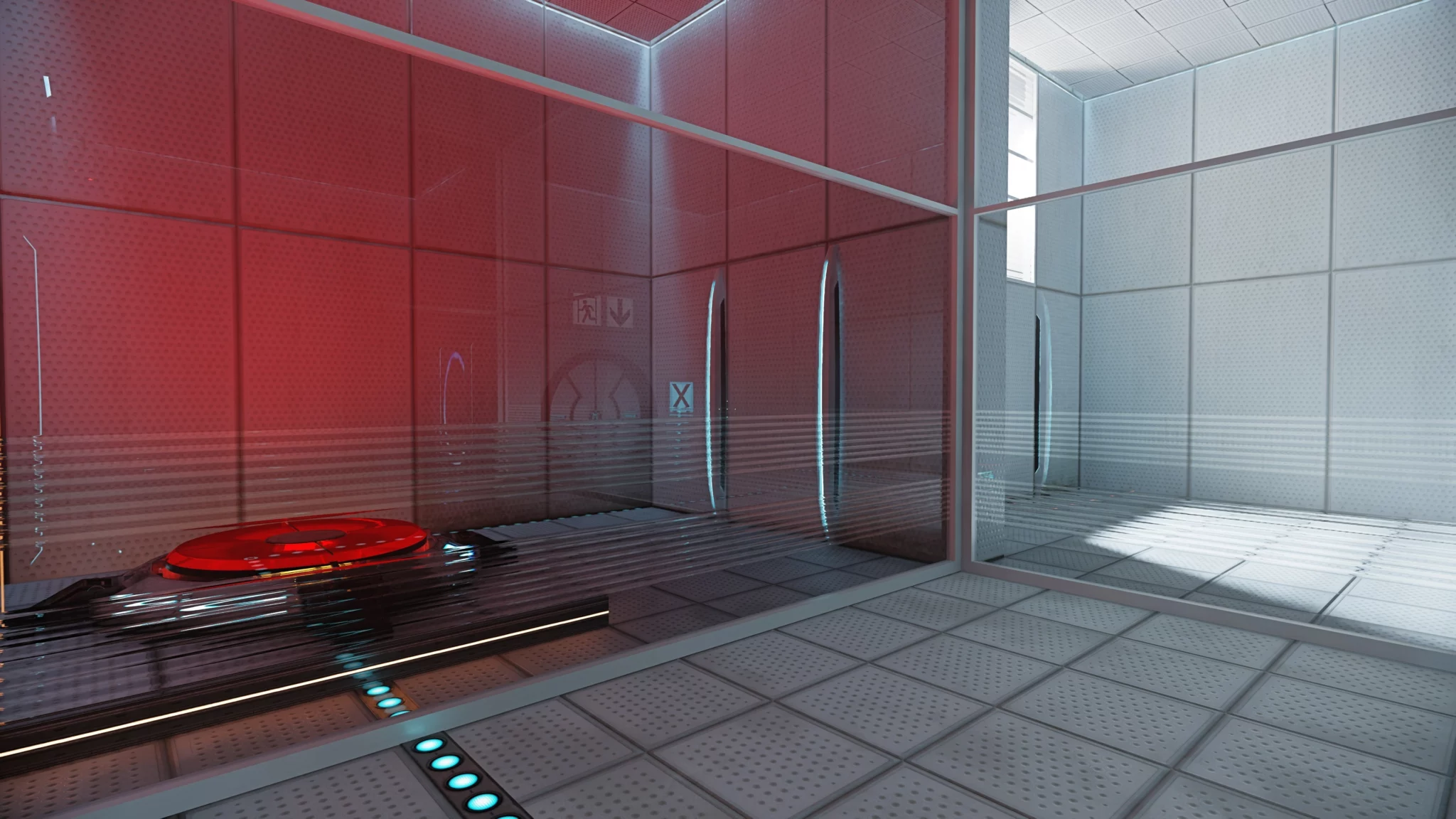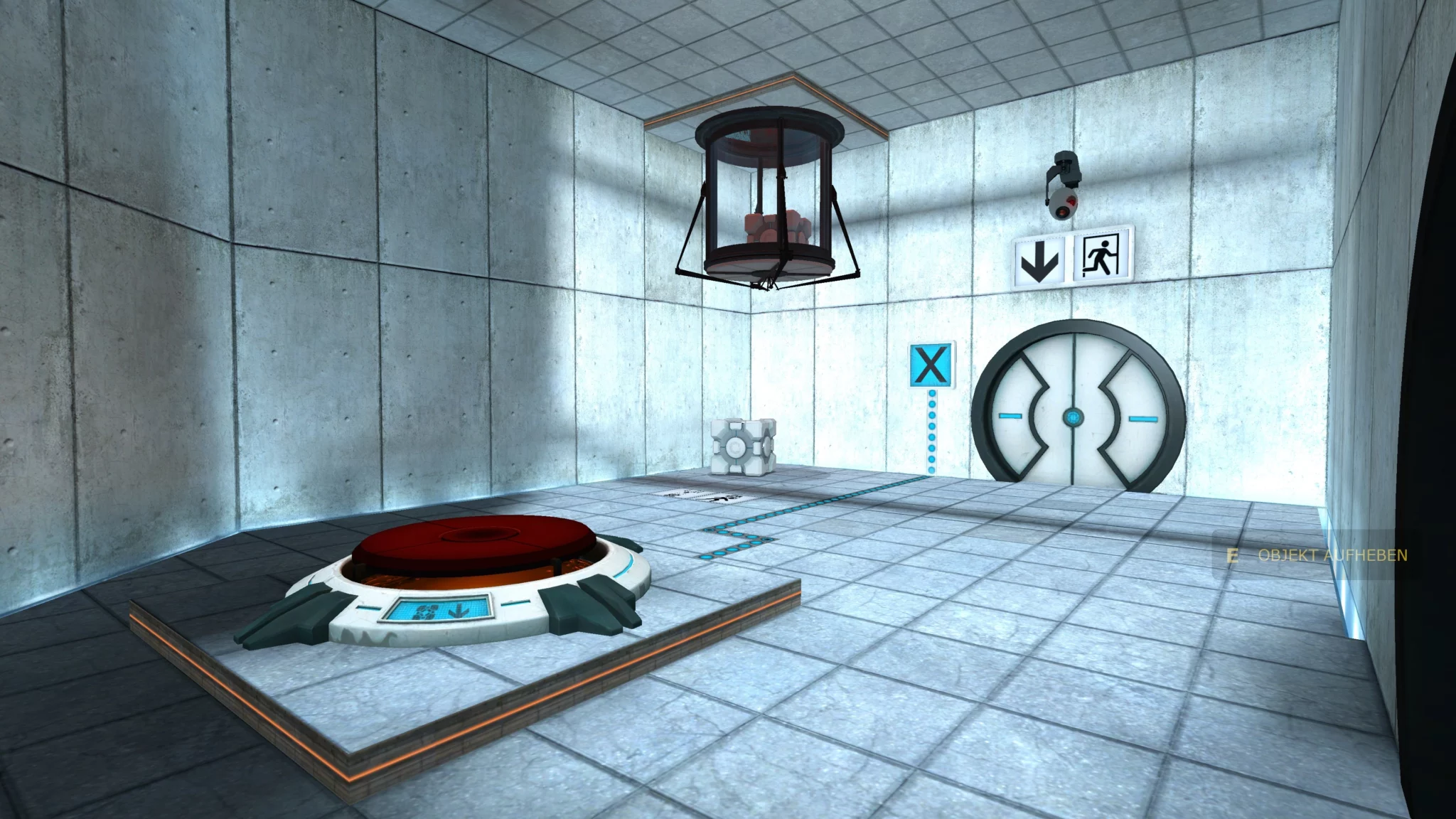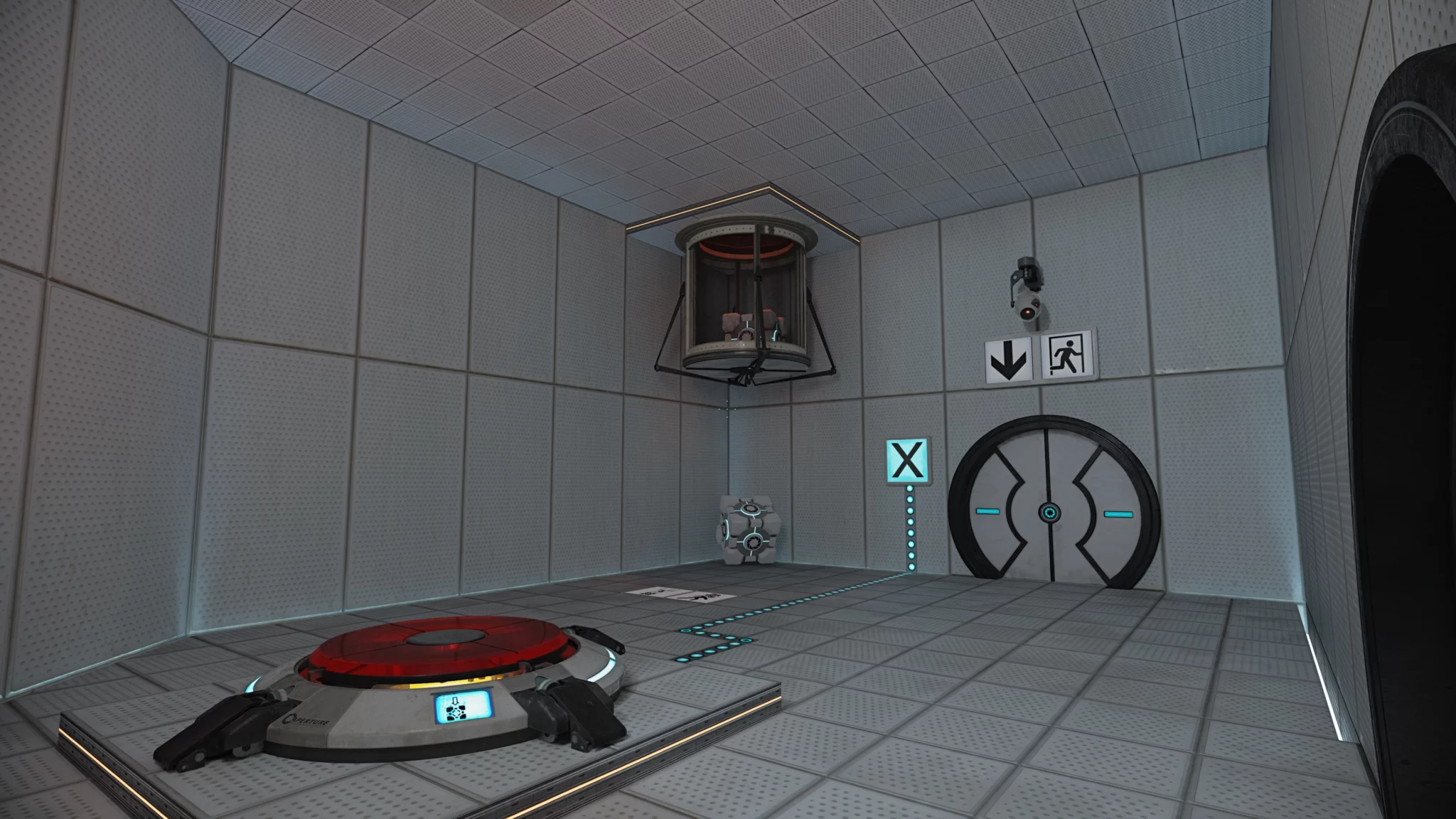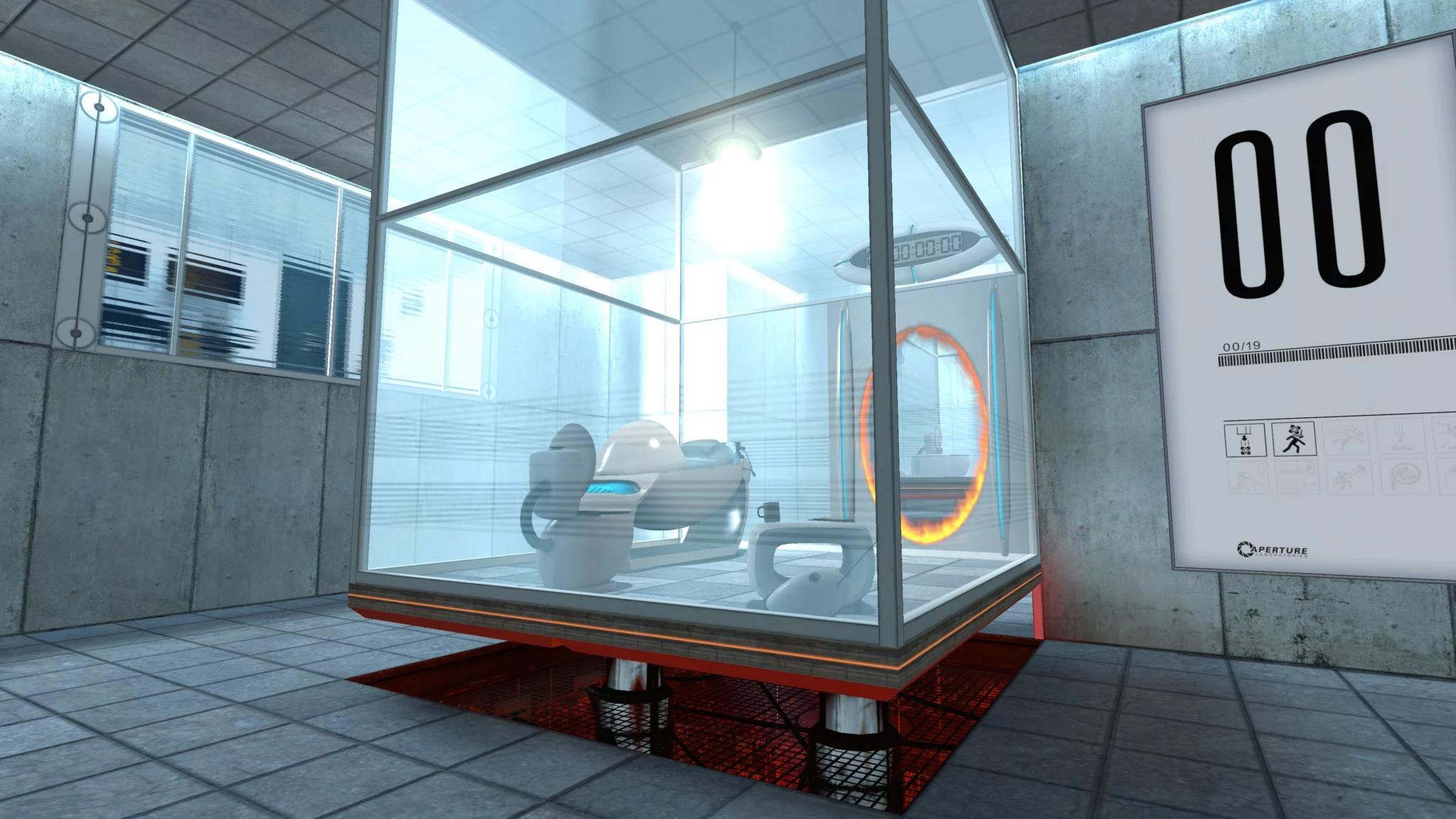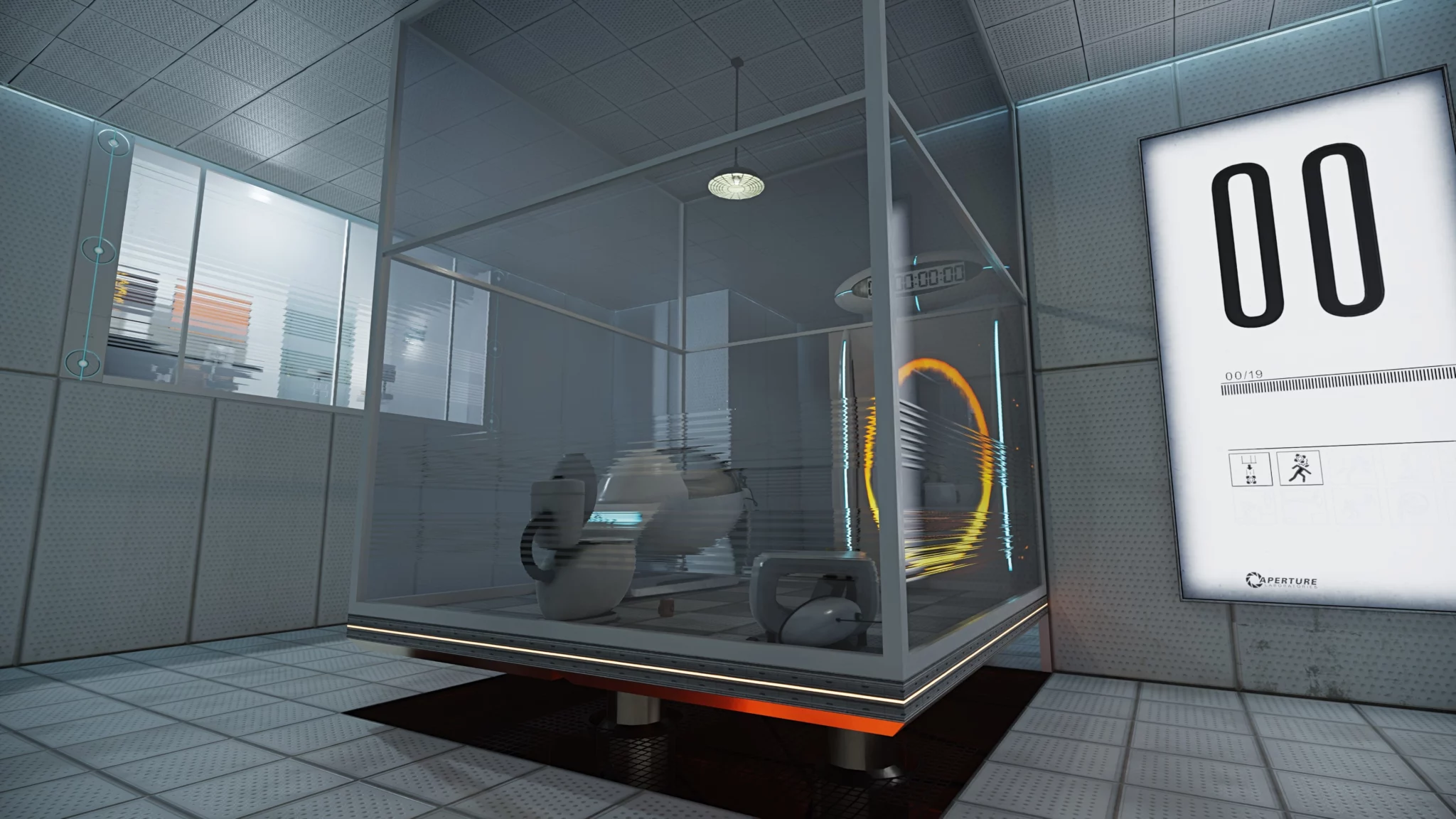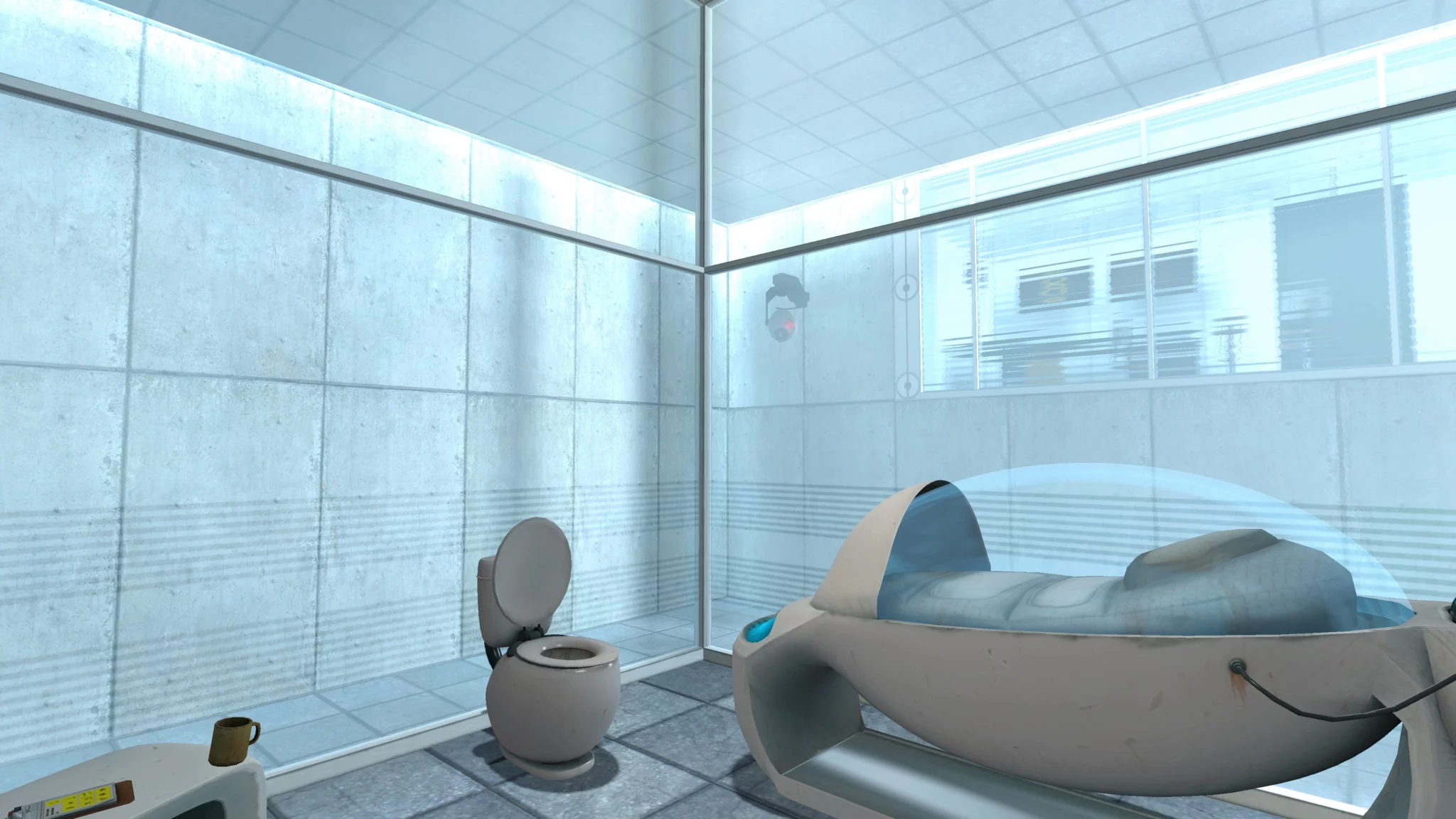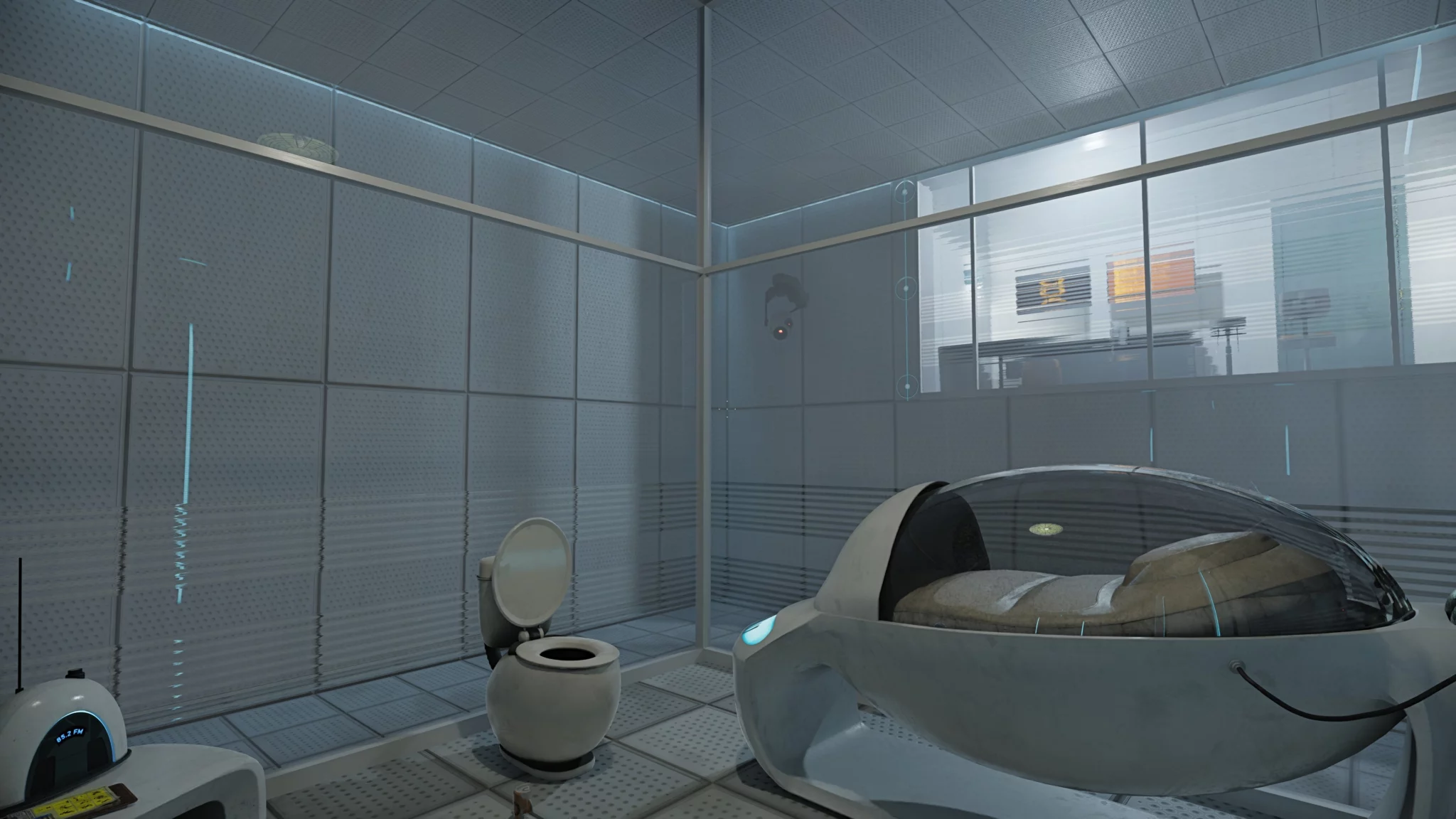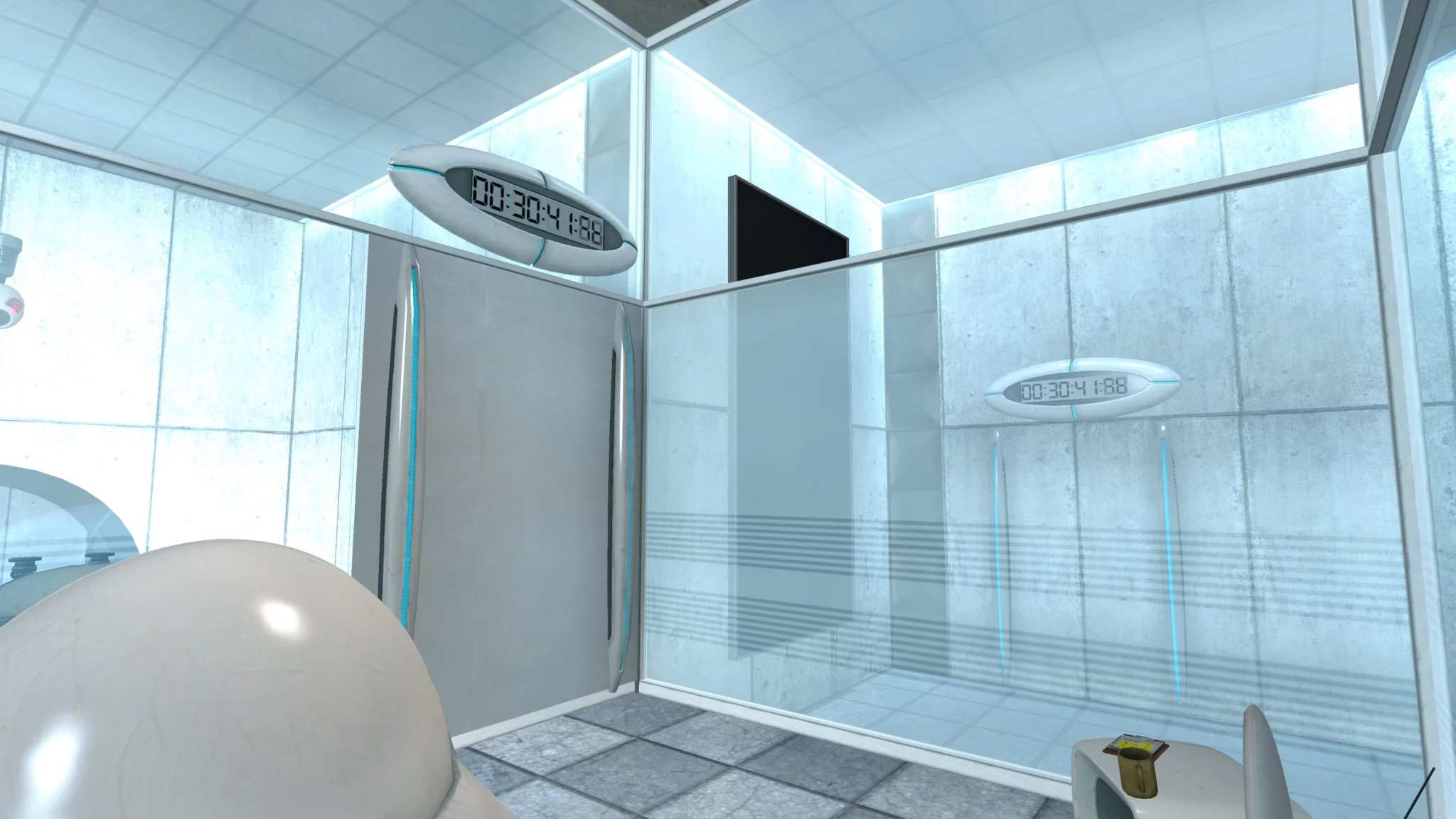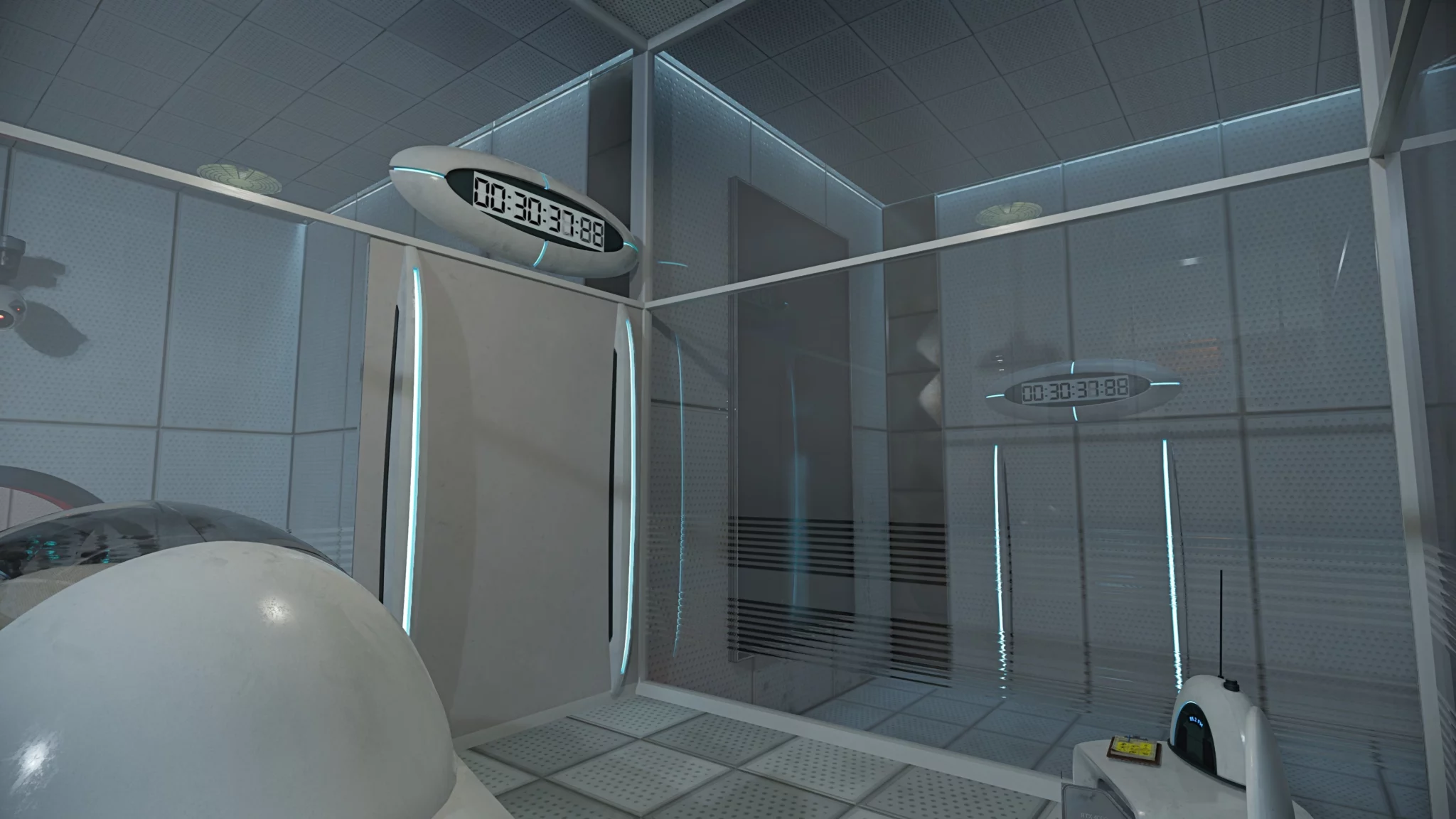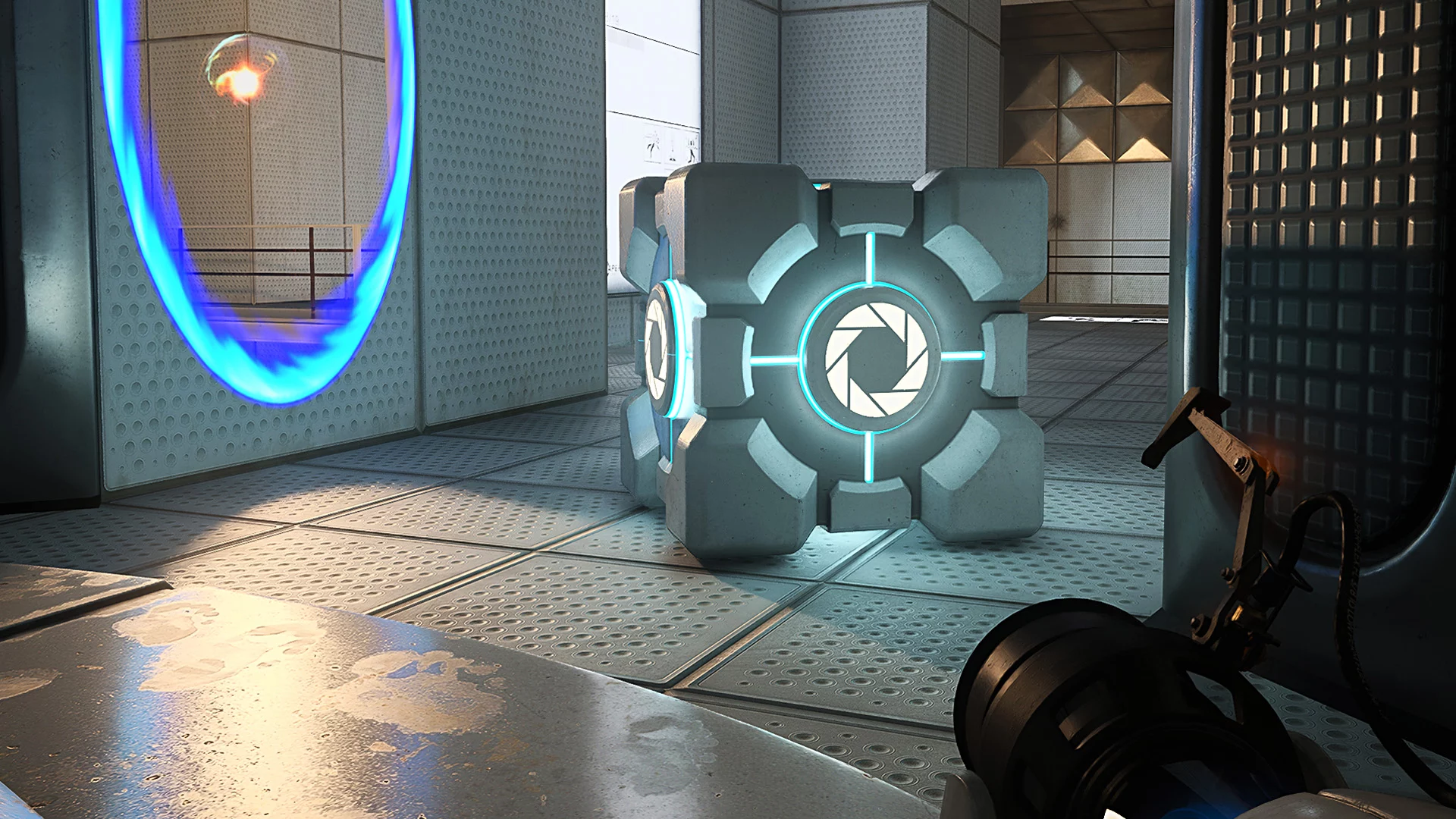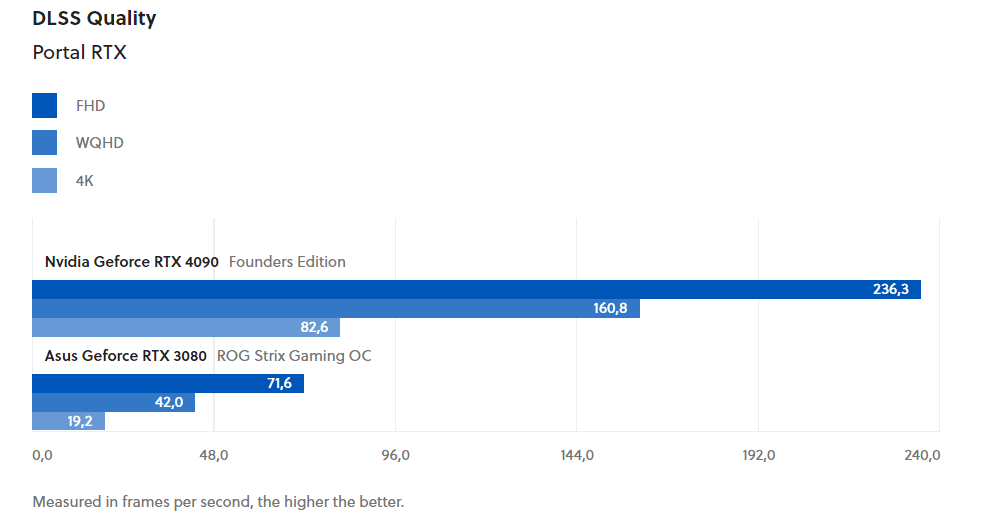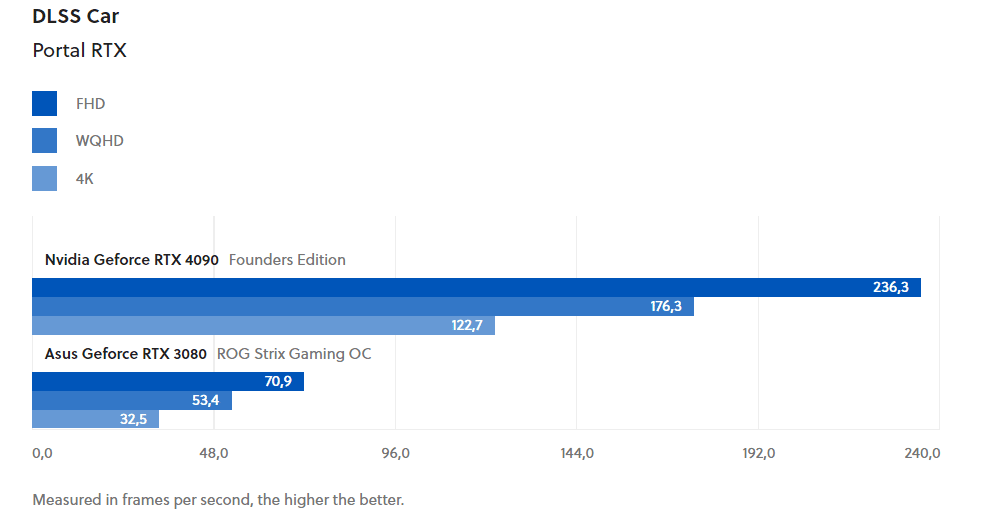Nvidia gives Portal a ray-tracing upgrade with RTX Remix. How good is the remaster and how much performance does it cost?
When Nvidia presented the new RTX-40 series to the public in September, a feature that actually has nothing to do with performance caused a furore alongside the graphics cards. RTX Remix promises to make outdated classic games shine in new splendour.
This should not even require large development teams. According to Nvidia, willing modders with the support of clever AI algorithms are enough. How this works exactly!
In the course of announcing RTX Remix, Nvidia also had a game in its luggage that was enhanced with the help of the technology – Portal. Since then, many gamers have been eagerly awaiting the remaster, including GameStar editor Sören. In a few days you can try it out for yourself, provided you have the necessary hardware.
Portal RTX is preparing to become the new Crysis in terms of system requirements. Reason enough to take a closer look at the 2007 hit in its fresh guise. How good does it look? And does it really need that much power?
Portal RTX looks damn good
Whether Portal RTX is now a hardware guzzler, we clarify further down in the text. In our opinion, however, the huge update is definitely worth it. Ray tracing flexes its muscles and shows what is technically possible (left: the version with ray tracing, right: the version without ray tracing).
The Nvidia Lightspeed Studios responsible for the remaster, however, have lent an extra hand and manually swapped practically all textures and assets. The AI algorithms contained in RTX Remix, with which content can be scaled at the touch of a button, therefore play a rather subordinate role here. In moving images, by the way, it looks like this (on the left the version with ray tracing, on the right the version without ray tracing):
Is Portal RTX a hardware glutton?
Unfortunately, we have to answer this with an emphatic yes. To be able to play Portal RTX with a smooth 60 FPS, you need at least an RTX 3080 – in Full HD, mind you.
Important: DLSS is enabled by default for Geforce graphics cards from the RTX-20 series onwards and cannot be disabled. In the RTX Remix menu, which you can access via Alt + Paste you only have the option of switching off the RTX-40-exclusive Frame Generation. The quality level of DLSS 3 or DLSS 2 for models from the RTX-20 and 30 series can also be set manually there.
While the RTX 4090 delivers well over 60 FPS at the highest settings even in 4K (83 FPS with DLSS Quality and 122 FPS with DLSS Auto), the custom model of an RTX 3080 10 GByte doesn”t even manage 60 frames per second in WQHD (53 FPS, to be exact). And that”s only when DLSS is allowed to adjust the quality level automatically.
In Quality mode, the former official gamer flagship manages just 42 FPS. In Full HD, however, it can crack the 60 FPS mark in both modes. The selected benchmark sequence includes numerous ray tracing effects and should represent a solid cross-section.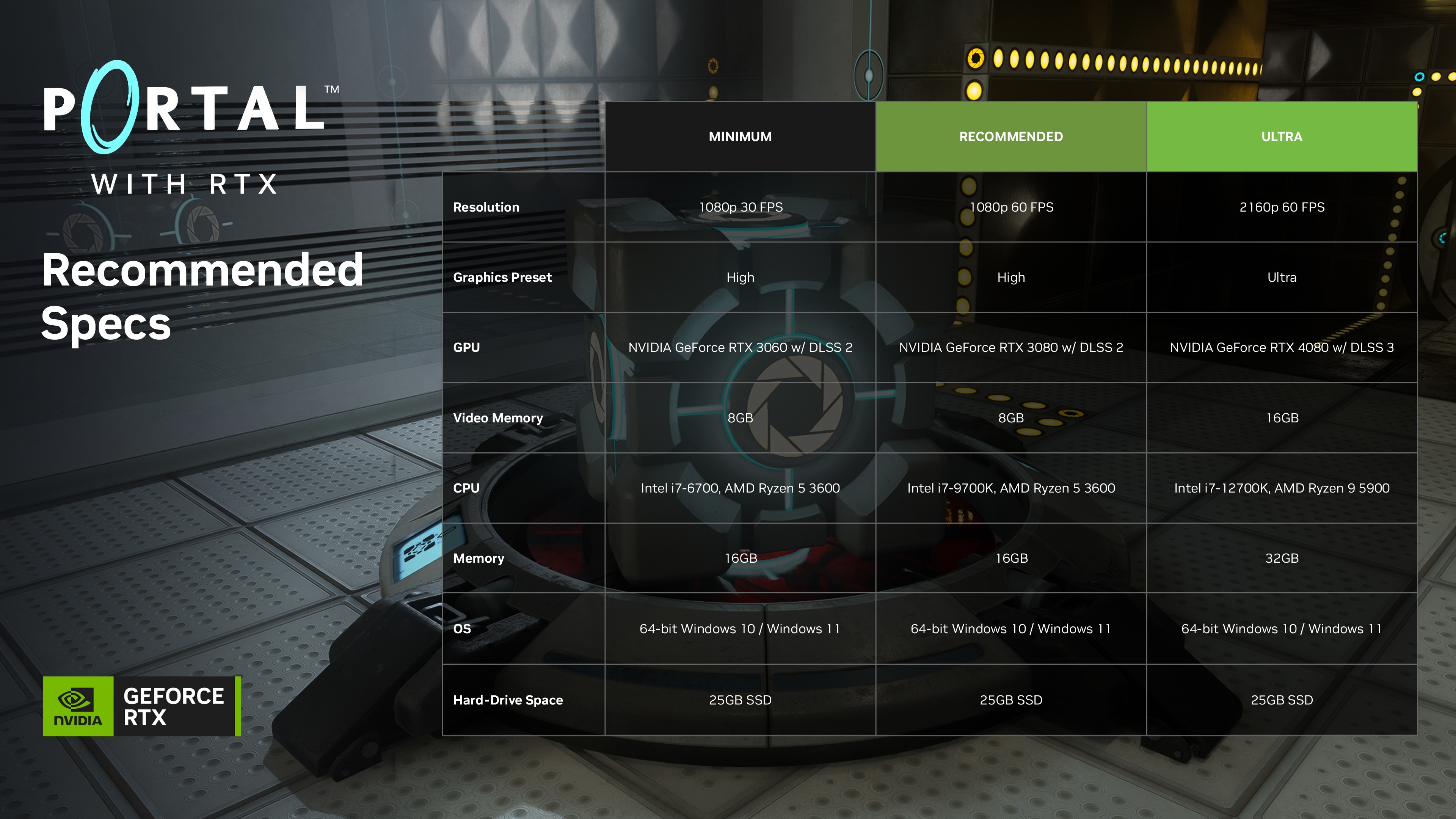
We also looked at Portal RTX on an RX 6800 XT. Or rather: we wanted to take a look at it, because the current Radeon driver 22.11.2 does not yet offer support for the remaster of Valve”s puzzle classic.
However, it can be assumed that even with the corresponding support, the performance is significantly below that of the RTX 3080. Simply because Nvidia is clearly ahead in terms of ray tracing performance, at least in the last graphics card generation.
Portal RTX not only uses common ray tracing, as many games already support. It also uses a number of new ray tracing techniques that place far greater demands on the hardware:
In addition to shadows, reflections, light refractions and global illumination, there is Direct Illumination (RTXDI) and the tongue-twisting Reservoir Spatio-Temporal Importance Resampling Global Illumination (ReSTIR GI), which are supposed to provide even more accurate lighting.
In addition, all light sources without exception are calculated using ray-tracing algorithms. In total, you will therefore read about full ray tracing or path tracing again and again.
A great look that costs a lot
Portal RTX looks incredibly good in our opinion. Raytracing catapults the classic game from 2007 straight into the present. However, the great look comes at an extremely high price. If you don”t own a current RTX 4080 or 4090, you don”t even have to hope to enjoy the remaster in 4K. Even an RTX 3080 is only enough for WQHD with low frame rates below the 60 FPS threshold.
What do you think of Portal RTX? Are you disappointed that it requires so much power? Feel free to let us know in the comments!

